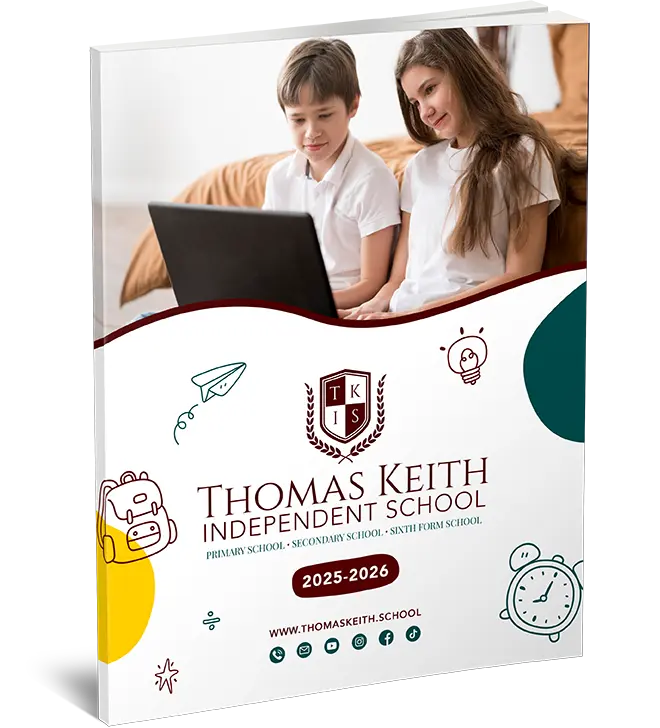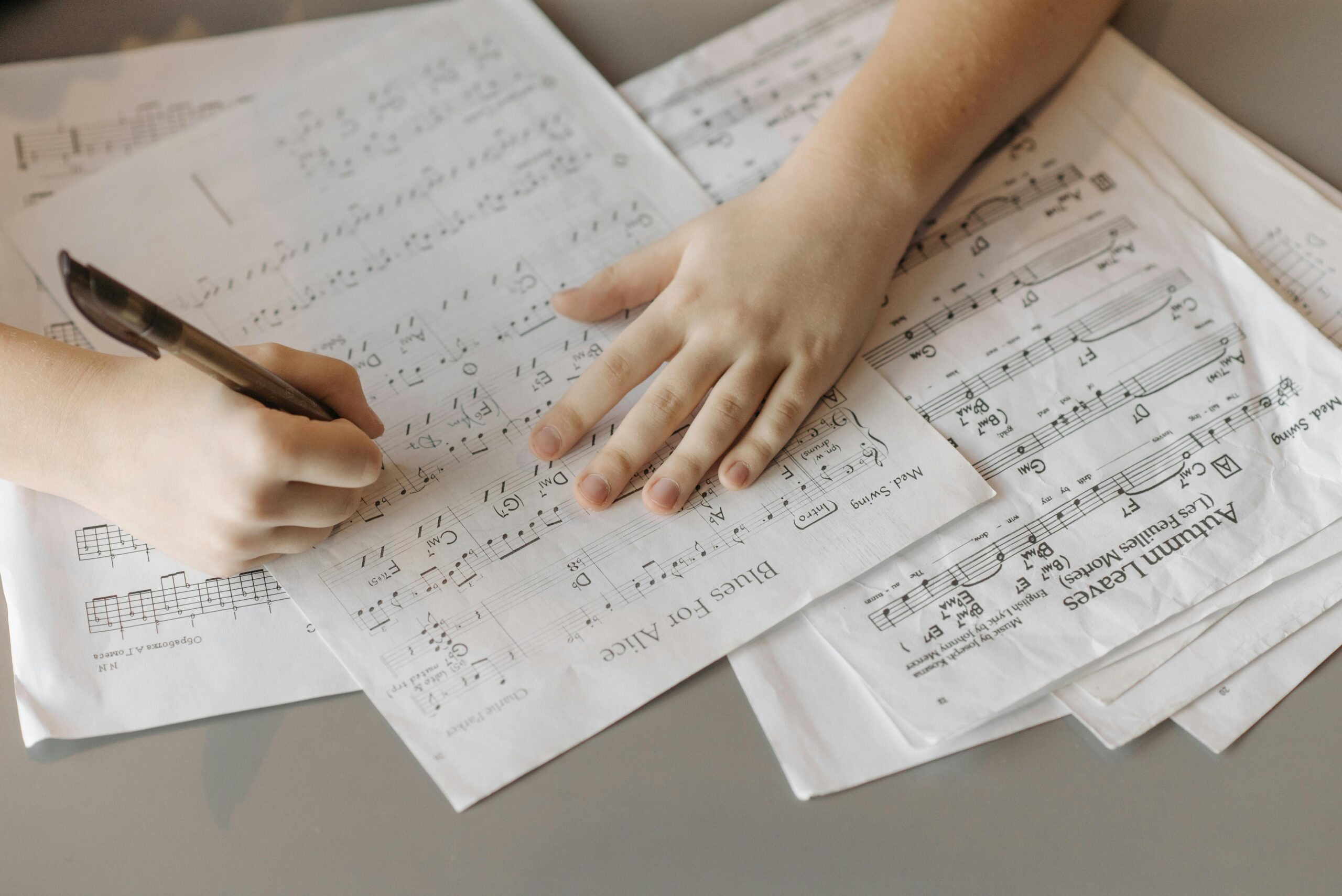KS2 Prepositions are an essential part of English grammar, particularly for students in Year 6 (Key Stage 2). Understanding prepositions helps students explain the relationship between a noun or pronoun and other words in a sentence. Mastering KS2 Prepositions improves writing clarity and precision, enabling students to express ideas more effectively. This article explores what prepositions are, different types of prepositions, and how schools like Thomas Keith Online Independent School teach them to Year 6 students.
What Are Prepositions?
A preposition is a word used before a noun, pronoun, or noun phrase to show the relationship between that word and another part of the sentence. Prepositions typically indicate direction, place, time, cause, manner, or possession. Some common examples of prepositions are on, in, under, over, by, with, and through.
Examples:
- The book is on the table.
- She sat beside her friend.
- We will leave after lunch.
Types of Prepositions
In KS2 Prepositions, students are introduced to different categories of prepositions, each serving a distinct function in a sentence.
1. Prepositions of Place
Prepositions of place describe the location of something or someone. These help specify where something is situated about other objects.
Examples:
- The cat is under the bed.
- The painting is on the wall.
- The car is parked in the garage.
2. Prepositions of Time
Prepositions of time indicate when something happens. They are used to describe specific points in time or durations.
Examples:
- We will meet at 3 PM.
- She was born in December.
- I will finish my homework before dinner.
3. Prepositions of Direction
Prepositions of direction show movement or how something is going. They provide clarity about the path or destination of an action.
Examples:
- He ran into the room.
- The bird flew over the tree.
- She walked towards the park.
4. Prepositions of Cause or Manner
These prepositions explain why something happens or how it happens. They often show relationships between actions and their circumstances or reasons.
Examples:
- They cheered with excitement.
- He succeeded because of his hard work.
- She smiled in delight.
Common Prepositional Phrases
A prepositional phrase begins with a preposition and ends with a noun or pronoun. These phrases help to add extra information, making sentences more descriptive and providing important context.
Examples:
- The ball rolled under the chair.
- She completed the project on time.
- He waited by the door.
Teaching KS2 Prepositions at Thomas Keith Online Independent School
At Thomas Keith Online Independent School, KS2 Prepositions are taught through engaging and interactive lessons. Teachers provide clear explanations, real-world examples, and plenty of practice opportunities. The online format allows for visual aids, quizzes, and activities that help students learn through different methods.
For example, students might:
- Match pictures to sentences like “The dog is in the garden” to help reinforce the meaning of prepositions.
- Complete activities where they insert the correct preposition into sentences.
- Engage in interactive games that test their knowledge of prepositions in different contexts.
This hands-on approach ensures that students not only understand prepositions but also become confident in using them to write clear and accurate sentences.
FAQs
Q1: Why are prepositions important in Year 6 (KS2)?
A: KS2 Prepositions help students write more descriptive and precise sentences. They also lay the foundation for advanced grammar that students will encounter in secondary school.
Q2: What is the easiest way to identify a preposition?
A: A preposition usually comes before a noun or pronoun and shows how that noun/pronoun relates to other parts of the sentence.
Q3: How does Thomas Keith Online Independent School teach prepositions?
A: The school uses a combination of videos, quizzes, live sessions, and interactive activities to ensure that students fully understand how to use prepositions and can apply them confidently in their writing.
Conclusion
Mastering KS2 Prepositions is a crucial step in helping students write clear, accurate, and descriptive sentences. By understanding and using prepositions effectively, Year 6 students improve both their writing and comprehension skills. Schools like Thomas Keith Online Independent School provide valuable resources and interactive lessons that make learning prepositions enjoyable and easy to grasp. With consistent practice, students gain the confidence they need to express themselves precisely and creatively.
For additional support in KS2 Prepositions, parents can explore resources or consider enrolling their child in online learning platforms like Thomas Keith Online Independent School, where students can engage in fun and educational grammar exercises.




